Home>Storage & Organization>Living Room Organization>How To Organize Toys In Living Room
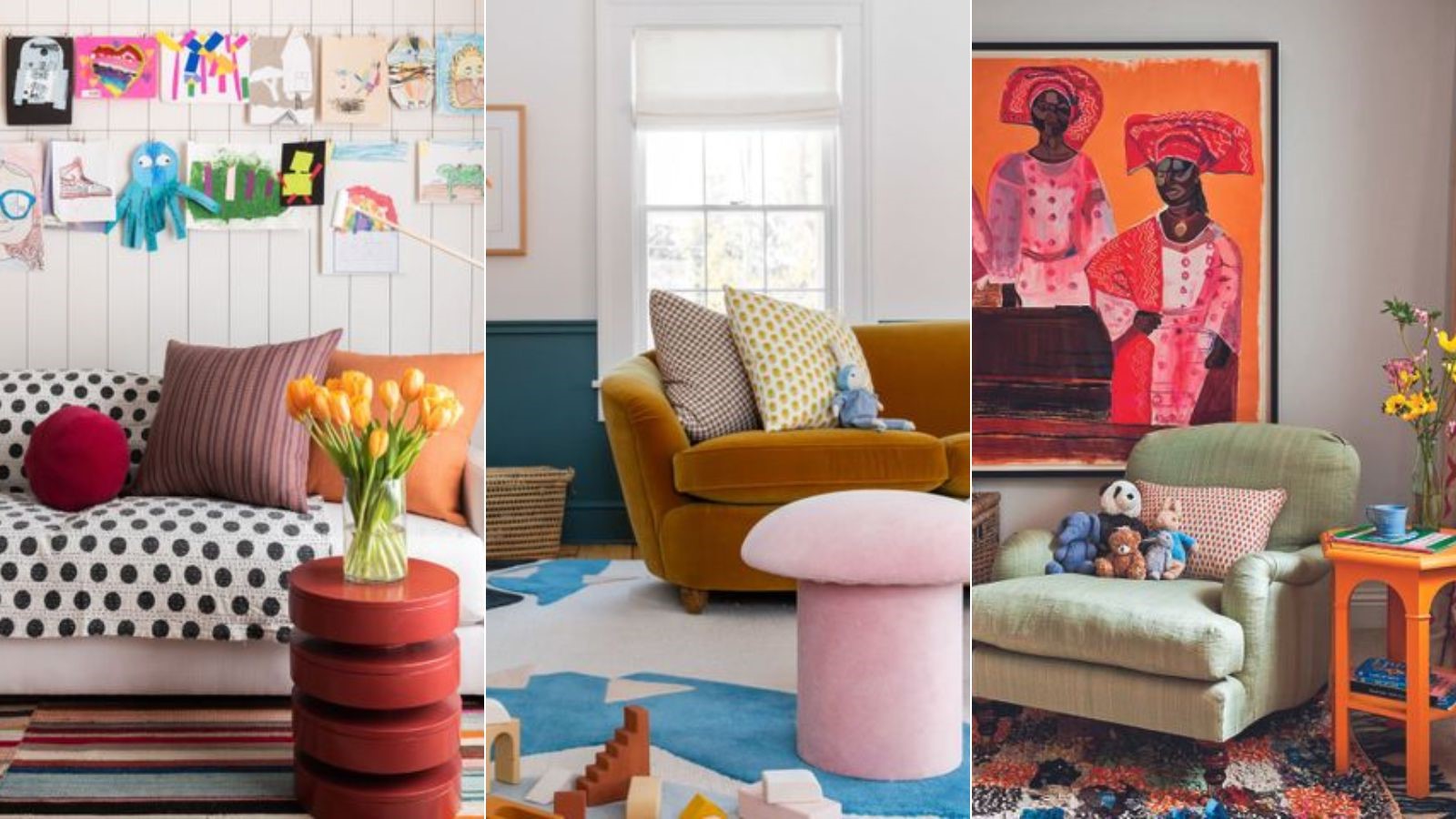

Living Room Organization
How To Organize Toys In Living Room
Modified: October 20, 2024
Discover effective tips for living room organization and learn how to efficiently organize toys in your living space. Create a clutter-free and functional environment with our expert advice.
(Many of the links in this article redirect to a specific reviewed product. Your purchase of these products through affiliate links helps to generate commission for Storables.com, at no extra cost. Learn more)
Benefits of Organizing Toys in the Living Room
Organizing toys in the living room can bring about a multitude of benefits for both parents and children. Here are some of the key advantages of keeping the living room tidy and well-organized when it comes to toys:
-
Promotes Safety: By organizing toys in the living room, you can create a safer environment for your children. Cluttered floors can pose tripping hazards, but by keeping toys organized and stored properly, you can reduce the risk of accidents and injuries.
-
Encourages Creativity: When toys are organized and easily accessible, children are more likely to engage in imaginative play. By having a designated space for toys, kids can easily find what they need, fostering creativity and independent play.
-
Teaches Responsibility: Involving children in the organization process can teach them valuable lessons about responsibility and tidiness. By assigning them tasks such as putting away their toys after playtime, they learn the importance of taking care of their belongings.
-
Reduces Stress: A clutter-free living room can contribute to a more peaceful and relaxing atmosphere for the entire family. Organizing toys can help reduce stress and create a more harmonious living space.
-
Maximizes Space: Efficient toy organization can help maximize the use of space in the living room. By utilizing creative storage solutions, you can free up valuable floor space and make the room feel more spacious and inviting.
-
Promotes Healthy Habits: Keeping the living room organized teaches children the importance of cleanliness and order. These habits can carry over into other areas of their lives, promoting a sense of discipline and organization.
By recognizing and implementing these benefits, parents can create a more enjoyable and functional living room environment for both themselves and their children.
Key Takeaways:
- Organizing toys in the living room promotes safety, creativity, responsibility, and reduces stress. It also maximizes space and promotes healthy habits for children, creating a more enjoyable living room environment for the whole family.
- To declutter toys in the living room, sort and purge, designate storage areas, involve children, utilize vertical space, rotate toys, and maintain regular tidying. Creative storage solutions and a toy rotation system can effectively manage and organize toys, creating a functional and visually appealing space for both kids and adults to enjoy.
Read more: How To Store Children’s Toys In Living Room
Tips for Decluttering Toys in the Living Room
When it comes to decluttering toys in the living room, it's essential to have a strategic approach to keep the space organized and tidy. Here are some practical tips to help you effectively declutter and manage the toy chaos:
-
Sort and Purge: Begin by sorting through the toys and separating them into categories such as dolls, action figures, building blocks, and puzzles. Once sorted, assess each category and identify items that are broken, unused, or no longer age-appropriate. Purge these items to create more space and reduce clutter.
-
Designate Storage Areas: Assign specific storage areas for different types of toys. Use baskets, bins, and shelves to create designated spaces for toys, making it easier for children to find and put away their belongings. Labeling storage containers can also help kids identify where each toy belongs.
-
Implement a "One In, One Out" Rule: To prevent toy overload, consider implementing a "one in, one out" rule. Whenever a new toy enters the living room, encourage your child to choose an existing toy to donate or pass on to make room for the new addition.
-
Involve Your Children: Encourage your children to participate in the decluttering process. Teach them the importance of keeping their play area organized and involve them in decisions about which toys to keep, donate, or discard. This not only teaches them valuable organizational skills but also instills a sense of responsibility.
-
Utilize Vertical Space: Maximize storage by utilizing vertical space. Install wall-mounted shelves or hanging organizers to store toys off the floor, creating more room for play and reducing clutter. This also prevents small toys from getting lost or mixed up with larger items.
-
Rotate Toys: Consider implementing a toy rotation system to keep the living room fresh and engaging. Store a portion of the toys in a separate area and periodically swap them with the toys in use. This not only reduces clutter but also reignites your child's interest in their toys.
-
Regular Maintenance: Set aside time for regular toy maintenance. Encourage your children to tidy up their toys at the end of each day, instilling good habits and keeping the living room organized on a daily basis.
By following these tips, you can effectively declutter and manage toys in the living room, creating a more organized and enjoyable space for both children and adults.
Use storage bins or baskets to categorize and contain toys. Label each bin to make clean-up easier. Rotate toys regularly to keep things fresh and reduce clutter.
Creative Storage Solutions for Toys in the Living Room
When it comes to maintaining an organized living room with kids' toys, creative storage solutions play a crucial role in keeping the space clutter-free and visually appealing. Here are some innovative and practical storage ideas to help you effectively manage and store toys in the living room:
-
Multi-Functional Furniture: Invest in multi-functional furniture pieces that serve as both seating and storage. Ottomans, benches, and coffee tables with built-in storage compartments provide a stylish way to conceal toys while offering additional seating or tabletop space.
-
Wall-Mounted Shelves: Utilize wall space by installing sturdy, wall-mounted shelves to display and store toys. Opt for shelves with cubbies or baskets to keep smaller toys organized and easily accessible. This not only maximizes vertical space but also adds a decorative element to the room.
-
Under-Bench Storage: If you have a window bench or built-in seating in the living room, consider adding pull-out drawers or baskets underneath. This hidden storage solution is perfect for stashing away toys, books, and other items, keeping them out of sight when not in use.
-
Hanging Storage Bags: Hang colorful, fabric storage bags or organizers on the back of doors or on hooks to store soft toys, dolls, or art supplies. These hanging storage solutions not only save floor space but also add a pop of color and whimsy to the room.
-
Labeled Bins and Baskets: Use labeled bins and baskets to categorize and store toys. Clearly labeled containers make it easy for kids to identify where each toy belongs and encourage them to tidy up after playtime. Consider using transparent bins for easy visibility of the contents.
-
Bookcase with Bins: Repurpose a bookcase by adding colorful bins or baskets to the shelves. This versatile storage solution allows you to store a variety of toys, books, and games while keeping them neatly organized and easily accessible.
-
Toy Hammocks or Nets: Install a toy hammock or net in a corner of the room to store stuffed animals and soft toys. These suspended storage solutions not only free up floor space but also add a playful and whimsical touch to the living room decor.
-
Rolling Carts: Utilize rolling carts with multiple tiers to store and organize art supplies, building blocks, or small toys. These portable storage solutions can be easily moved around the room and tucked away when not in use.
By incorporating these creative storage solutions, you can effectively manage and organize toys in the living room, creating a functional and visually appealing space for both kids and adults to enjoy.
Setting Up a Toy Rotation System in the Living Room
Setting up a toy rotation system in the living room can be a game-changer when it comes to keeping the space organized and maintaining your child's interest in their toys. This system involves periodically swapping out a selection of toys that are currently in use with those that have been stored away. Here's how to effectively set up and implement a toy rotation system in your living room:
-
Assess Your Toy Collection: Begin by taking stock of your child's toy collection. Identify a variety of toys, including puzzles, building blocks, dolls, action figures, and educational toys, that can be included in the rotation system. Consider the age-appropriateness and current interests of your child when selecting toys for rotation.
-
Create Toy Sets: Group the toys into sets that can be easily rotated. For example, you might create a "pretend play" set that includes dress-up costumes, toy kitchen items, and play food, or a "creative arts" set that consists of coloring books, crayons, and craft supplies. By categorizing the toys into sets, you can easily swap out entire collections at once.
-
Designate a Storage Area: Allocate a specific storage area in the living room or an adjacent space for the toys that are not currently in use. This could be a dedicated shelf, cabinet, or storage bin where the rotated toys can be neatly stored when not in play. Ensure that the storage area is easily accessible to both you and your child.
-
Establish a Rotation Schedule: Decide on a rotation schedule that works for your family. This could be weekly, bi-weekly, or monthly, depending on the size of your toy collection and your child's preferences. Setting a regular schedule helps create a sense of anticipation and excitement for the new toys that will be introduced.
-
Rotate the Toys: At the designated time, swap out the current set of toys with a new set from the storage area. Encourage your child to participate in the process by helping to select the toys for rotation. This not only keeps the living room fresh and engaging but also allows your child to rediscover and appreciate their toys in a new light.
-
Observe Your Child's Engagement: Pay attention to how your child interacts with the rotated toys. Notice which toys capture their interest and engage them the most. This observation can help guide future rotations and inform your purchasing decisions for new toys.
-
Maintain Variety: Ensure that each rotation introduces a diverse range of toys to keep your child's play experiences varied and stimulating. Incorporate toys that encourage different types of play, such as imaginative play, problem-solving, physical activity, and creative expression.
By implementing a toy rotation system in your living room, you can effectively manage your child's toy collection, reduce clutter, and create an ever-changing play environment that sparks creativity and curiosity. This approach not only benefits your child's development but also contributes to a more organized and enjoyable living space for the entire family.
Frequently Asked Questions about How To Organize Toys In Living Room
Was this page helpful?
At Storables.com, we guarantee accurate and reliable information. Our content, validated by Expert Board Contributors, is crafted following stringent Editorial Policies. We're committed to providing you with well-researched, expert-backed insights for all your informational needs.

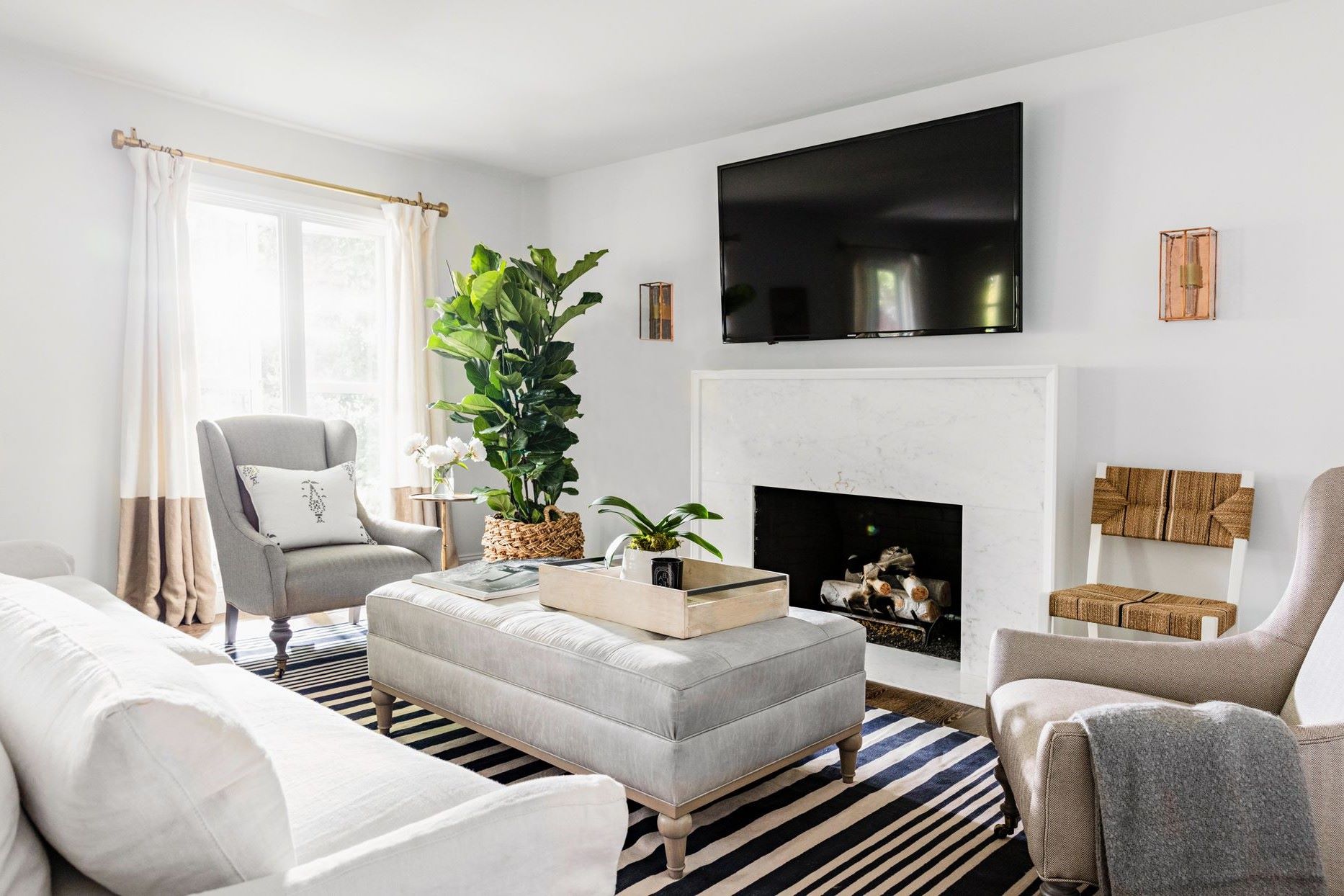
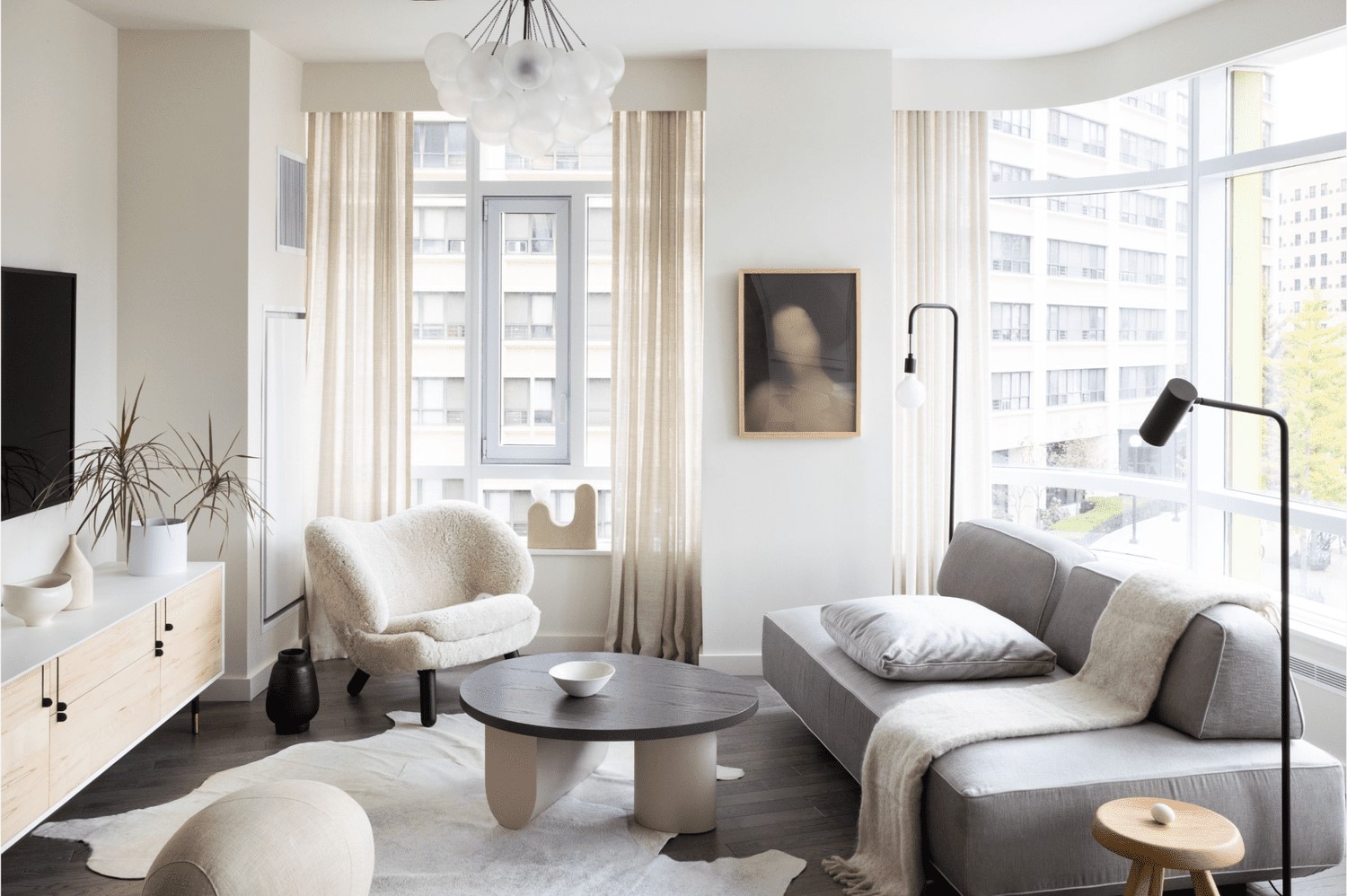
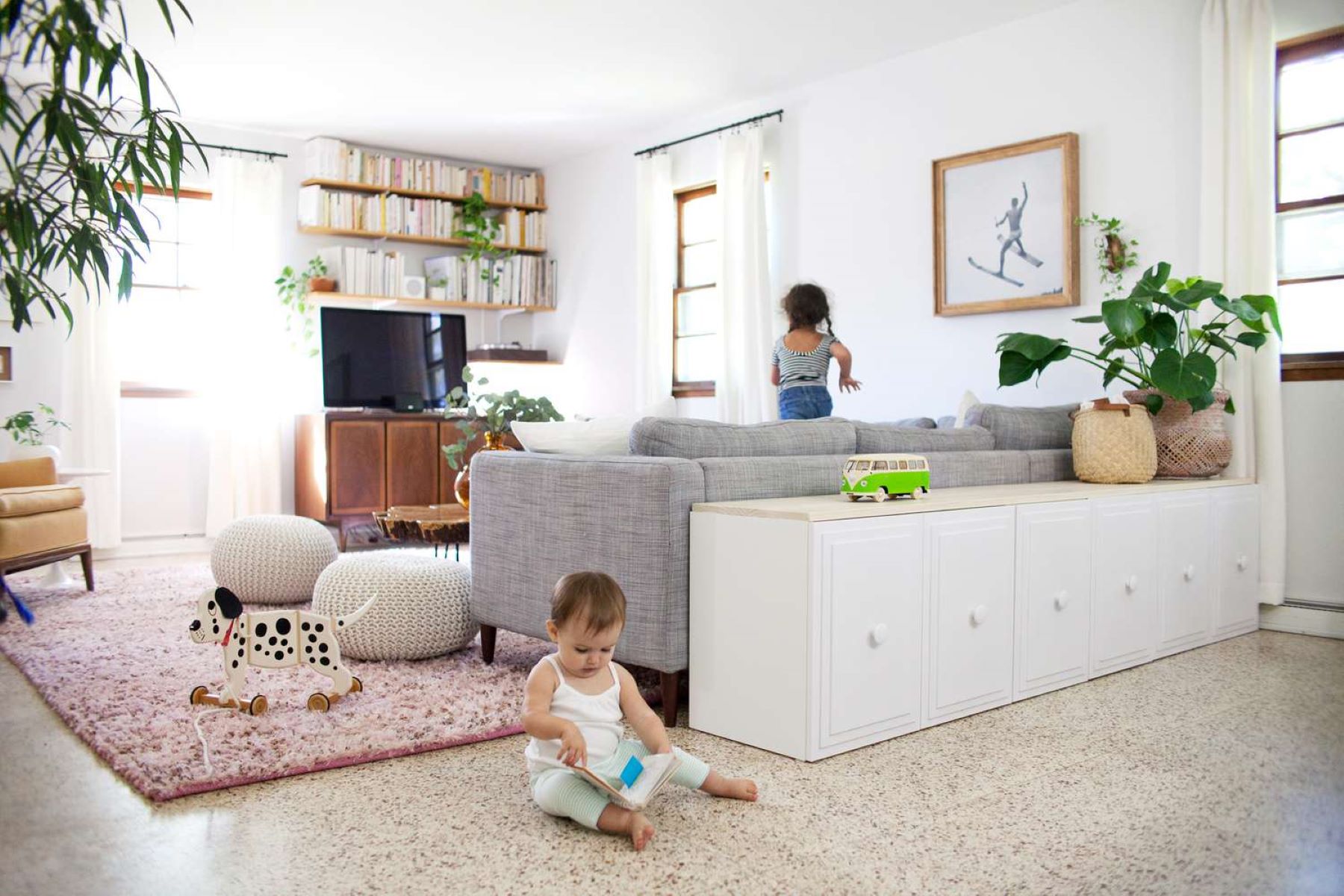
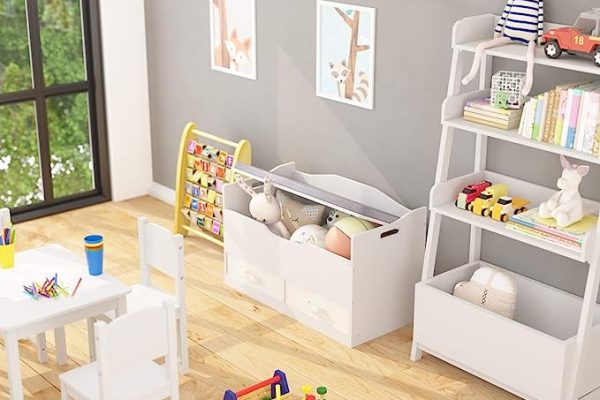
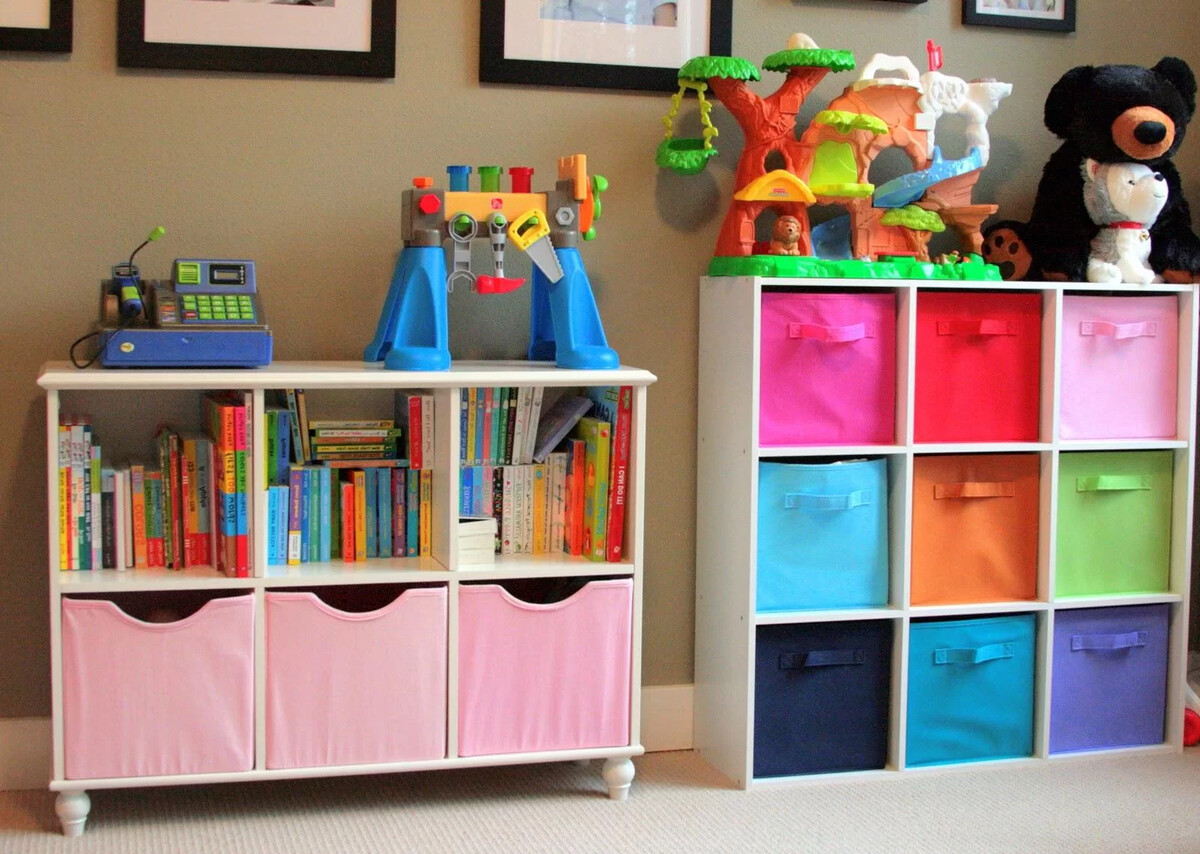
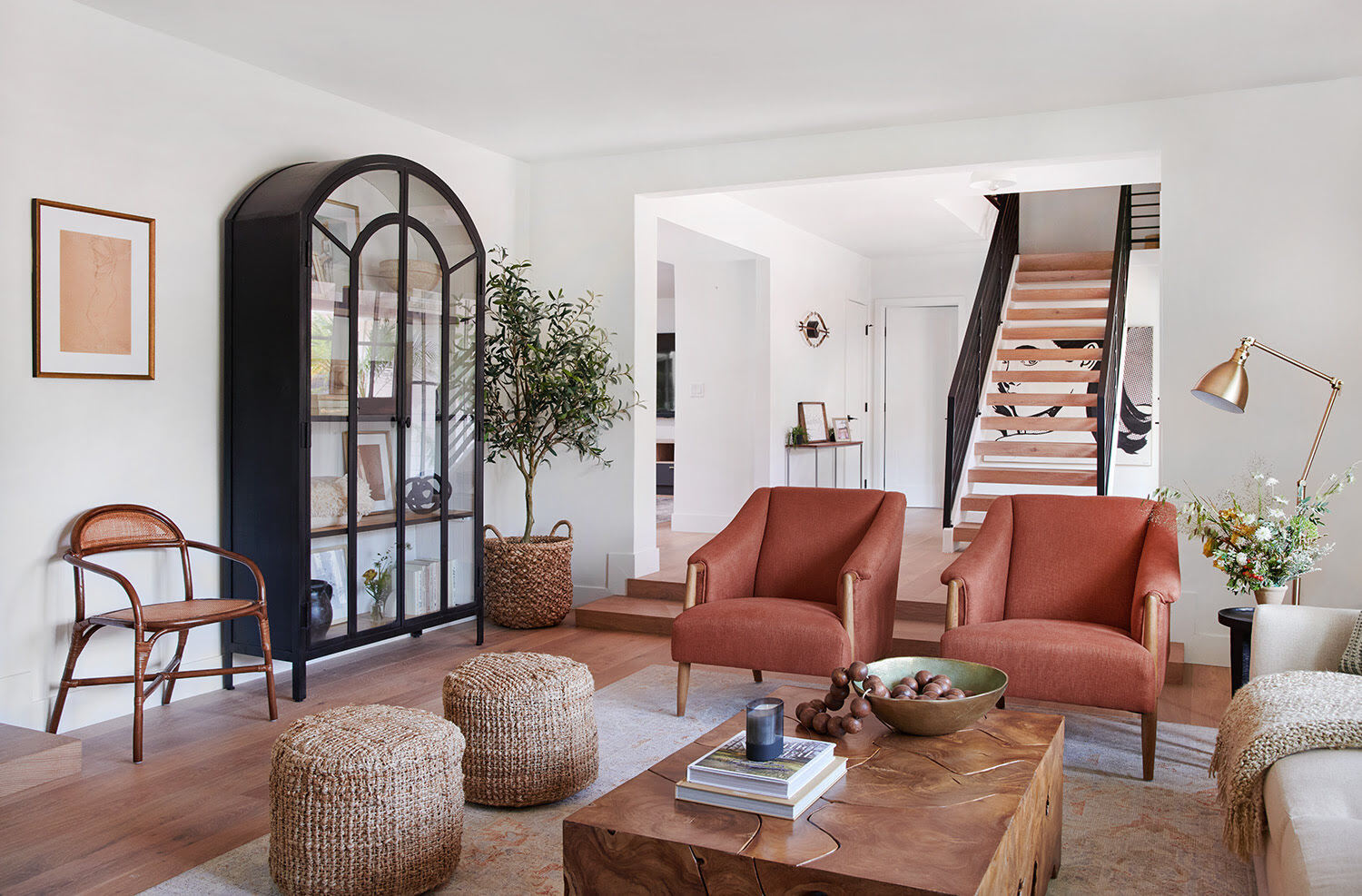
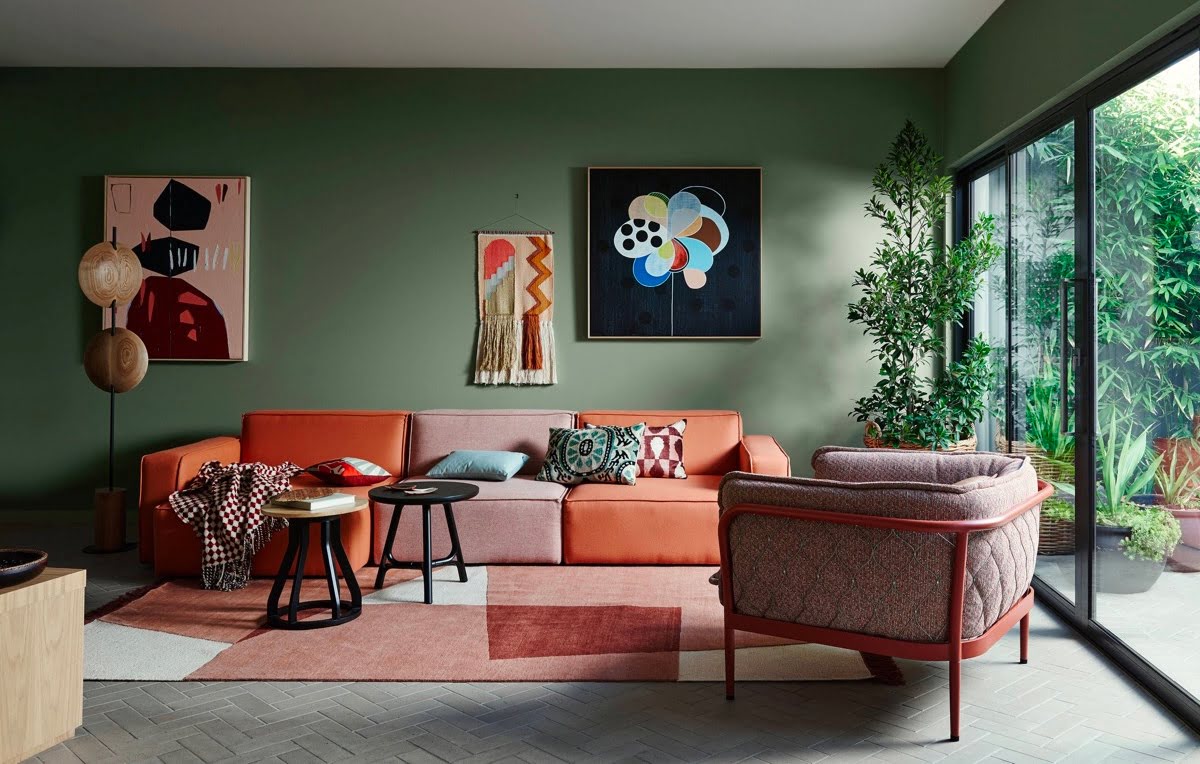
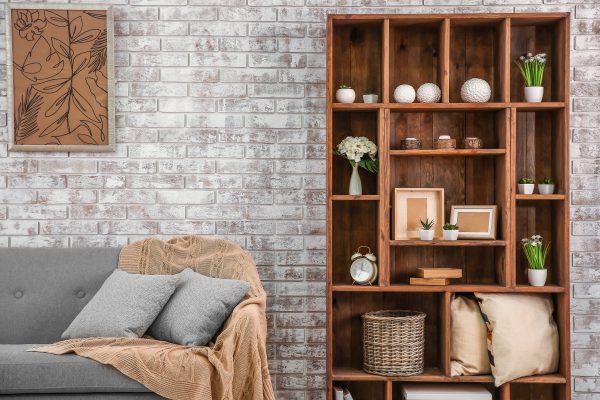
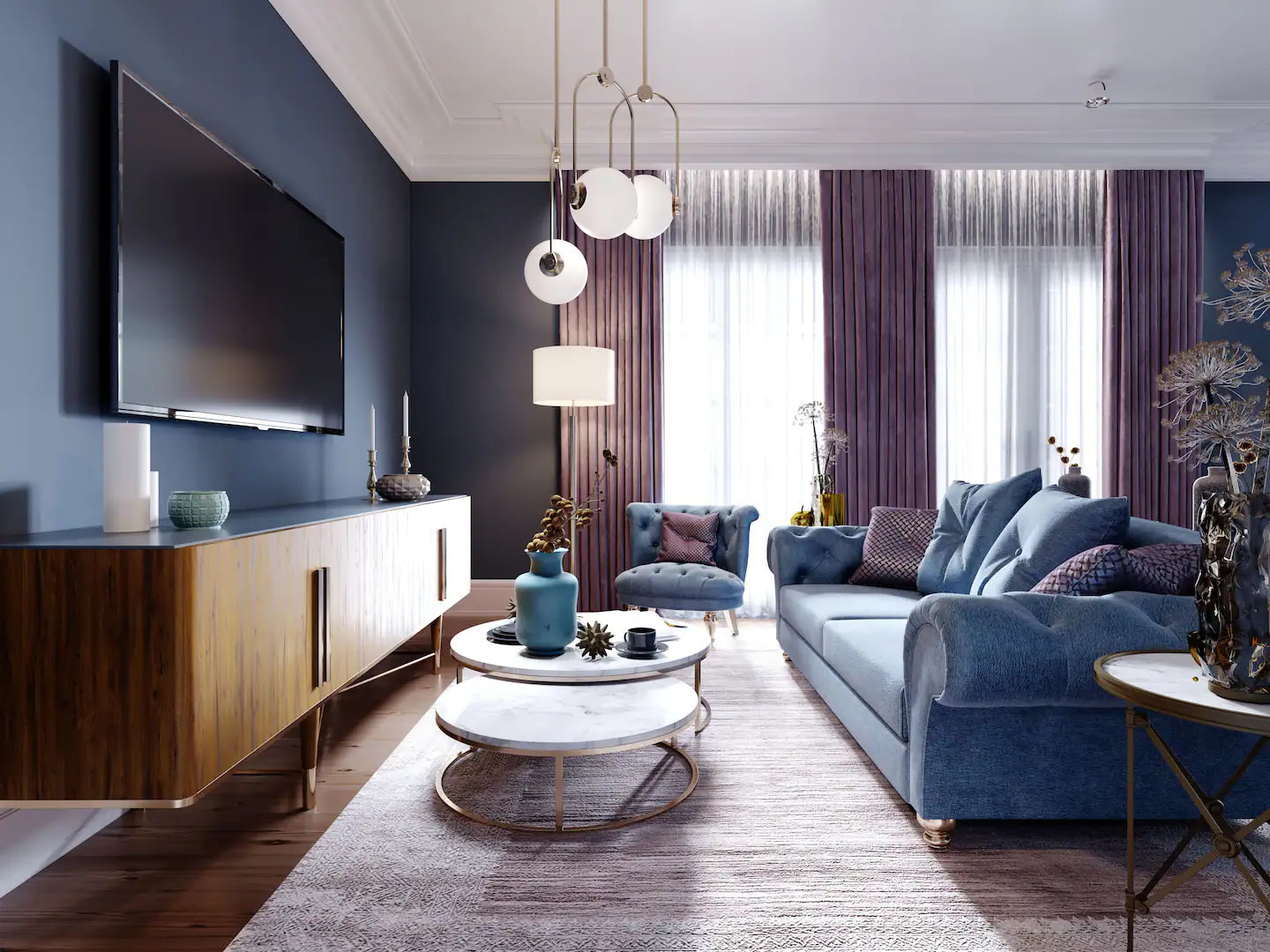
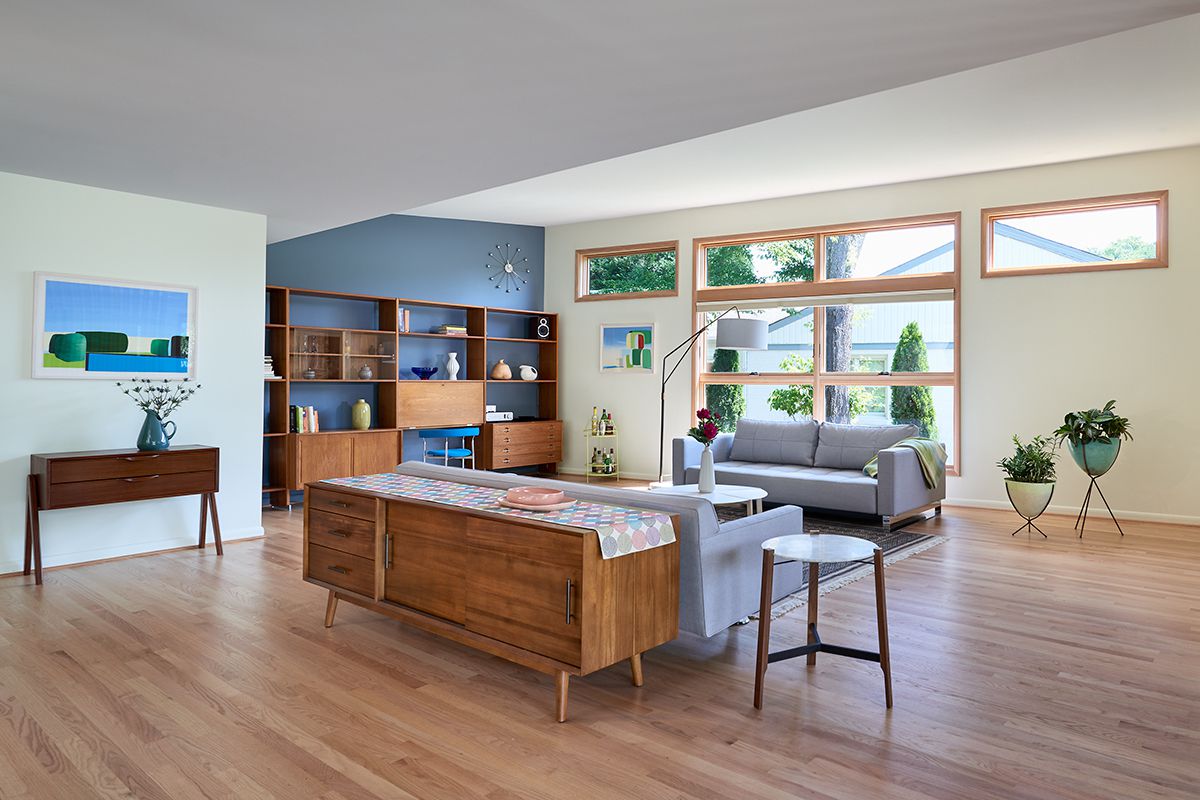

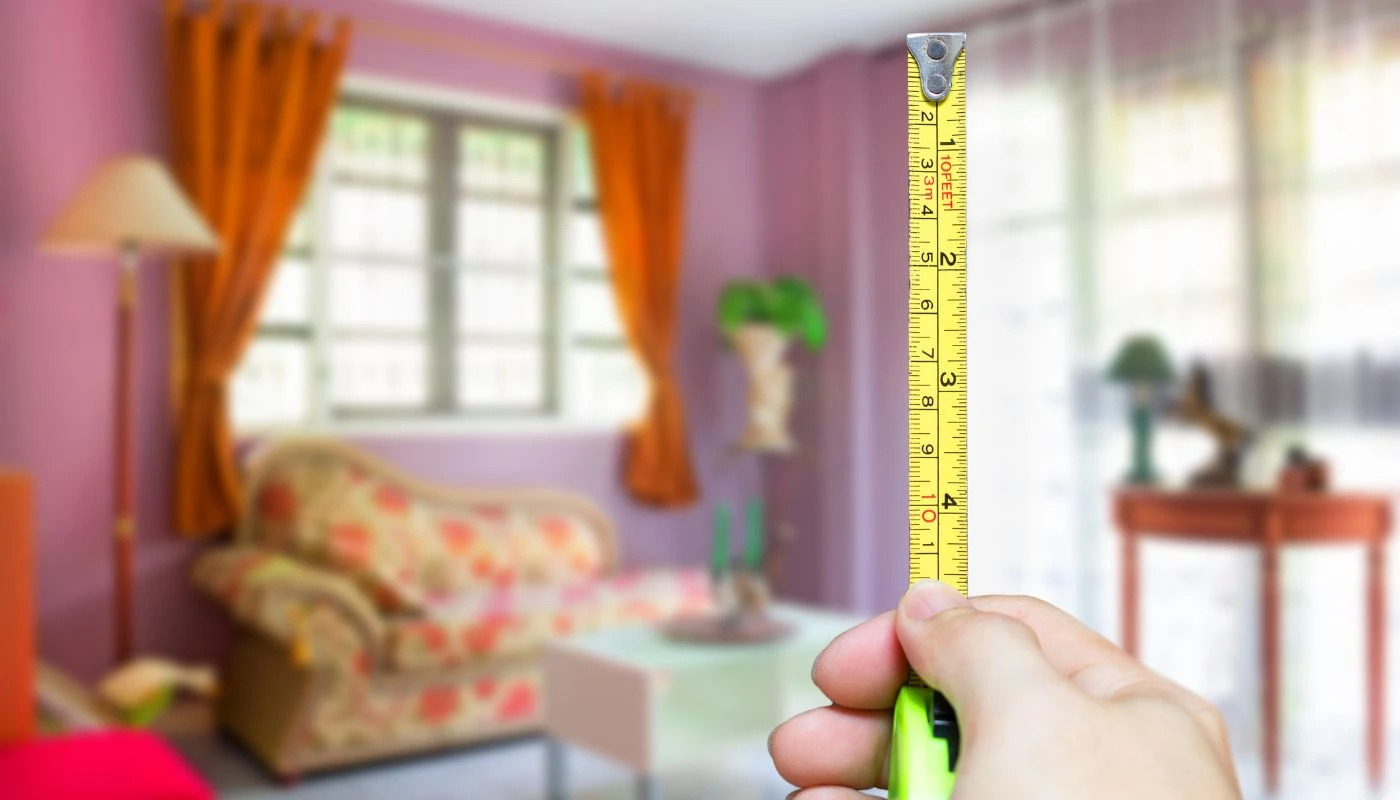
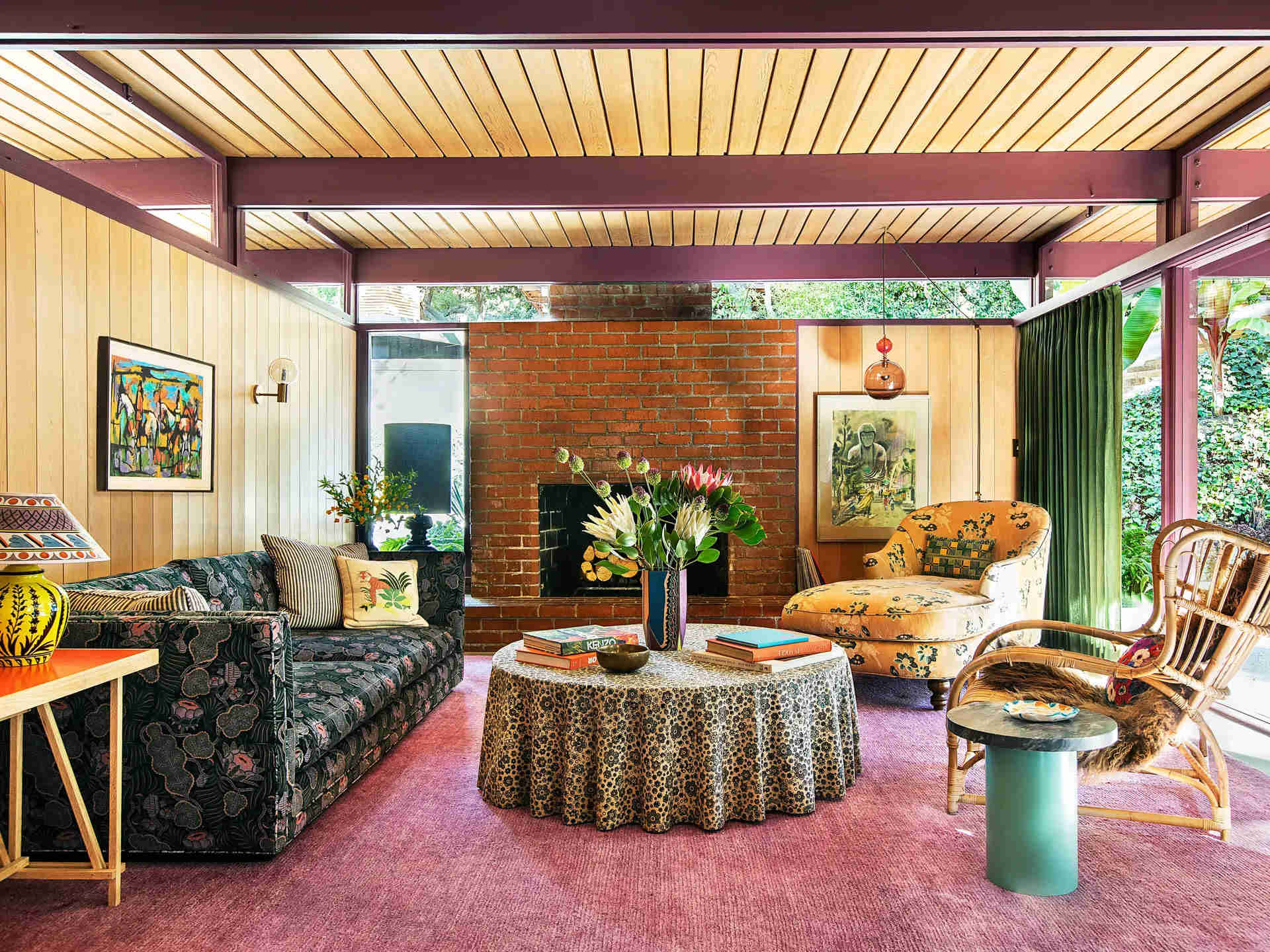
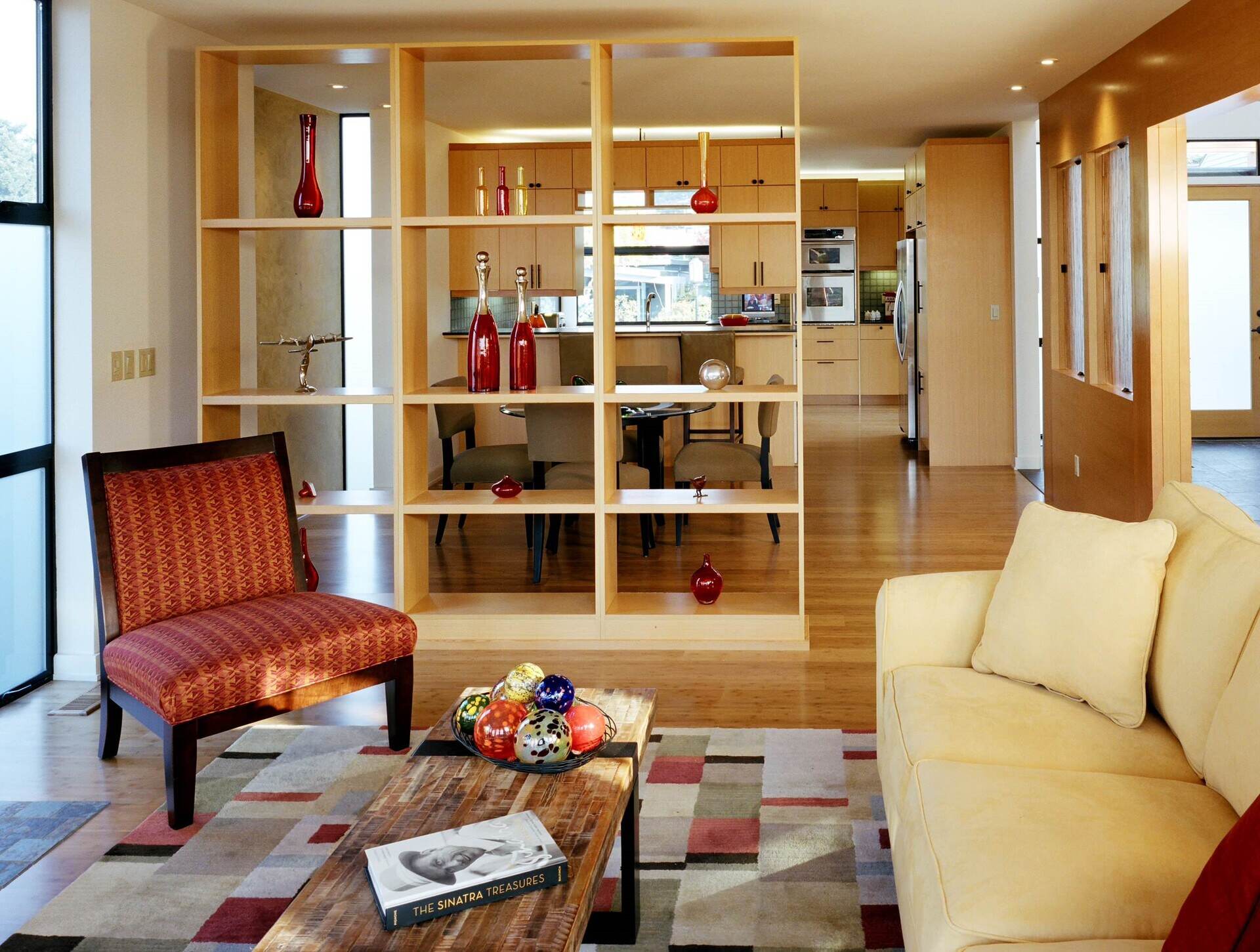

0 thoughts on “How To Organize Toys In Living Room”